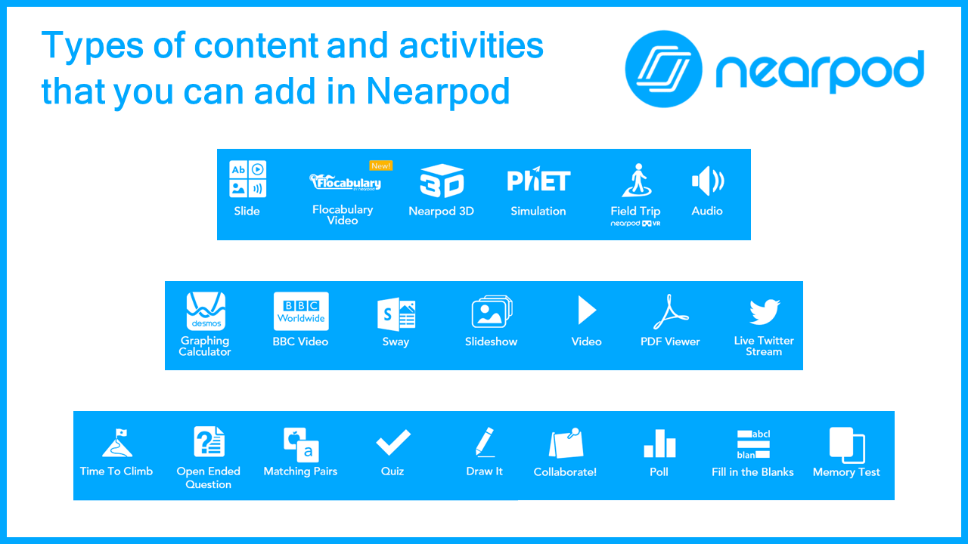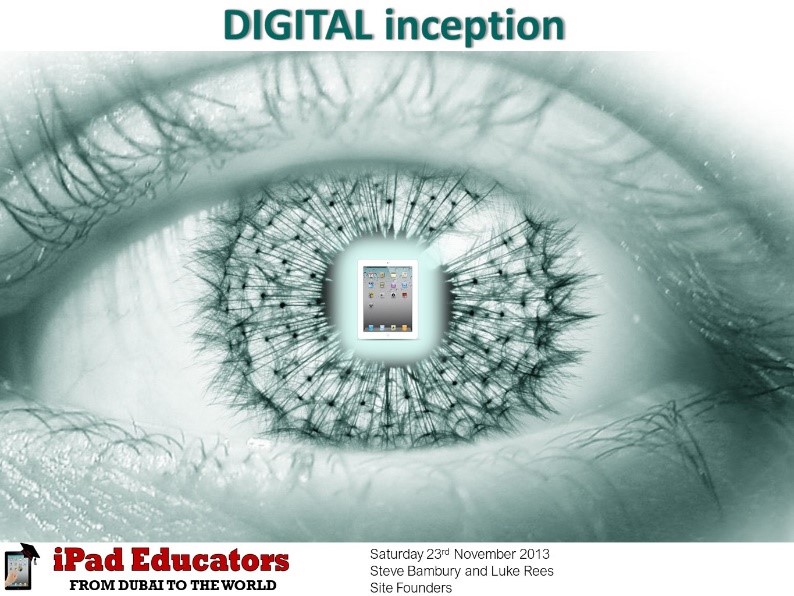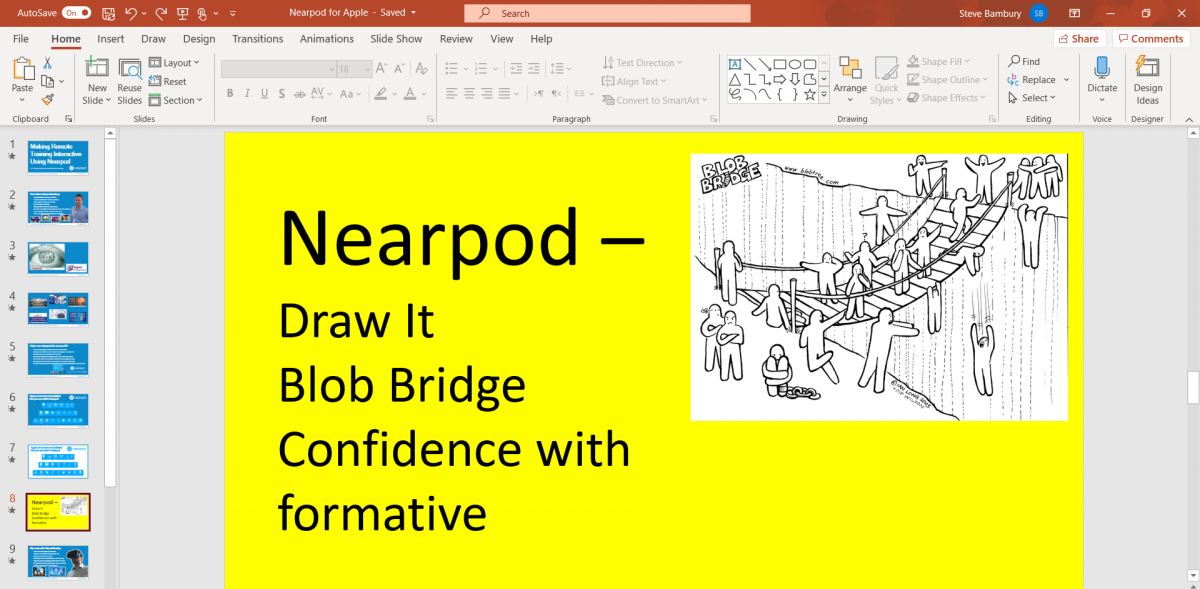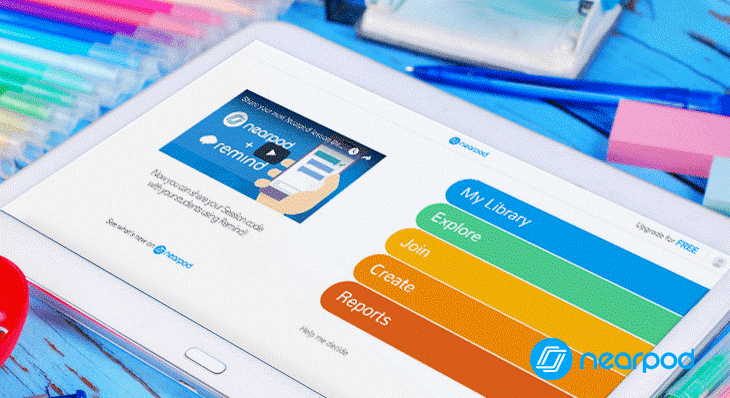Making remote training more interactive using Nearpod

There are few apps that I’ve used in classrooms as long as Nearpod. I was first shown the platform in 2011 by my good friend and former iPad Educators partner Luke Rees and I was instantly enamoured by its simplicity, versatility and ability to redefine the traditional presentation format. For the uninitiated, Nearpod is a unique presentation tool which allows you to embed a range of multimedia and interactive activities into a traditional slidedeck. You can use it to revamp a tired old PowerPoint or simply start from scratch. When you start your session, you share a code to your students and they open the presentation on their device but you retain control over the flow of information, moving them through the slides and activities as you deliver the presentation.
Another thing I love about Nearpod is the fact that the platform is constantly evolving and adding new features. In 2015 I was involved in the launch of their Virtual Field Trips and wrote some of the initial VR-themed lessons for them. Since then they’ve added integrations with the likes of Flocabulary, Sway and Flipgrid as well as new tools like 3D models, PhET simulations, collaboration boards (similar to Padlet) and most recently the Time to Climb game (similar to Kahoot).

Back in 2013, Luke and I figured out that we could deliver engaging remote training using a combination of a VOIP tool like Skype or FaceTime alongside Nearpod. We used this type of combination to deliver a remote keynote to The University of Southern California in November 2013, with FaceTime allowing our American audience to see us on a projects screen in their venue whilst the slides were on their iPads, being controlled by us from Dubai. Fun fact – the title of that presentation was “Digital Inception” (since it took cues from Christopher Nolan’s superb film Inception) which is now the name of my education consultancy!

The session worked incredibly well and we went on to deliver other sessions in this style to institutions and events in the UK, US and across Europe. By 2016, with the iPad Educators project slowing down and stricter bans on VOIP platforms here in the UAE, we had broadly stopped doing these and were both more likely to be found presenting at conferences in person across the MENA region.
Flash forward to the current day and we are almost 2 months deep into school closures here in the UAE as a result of the COVID-19 pandemic. I found myself working as an education consultant in a world where schools were not open and it was clear that remote training and support was going to become integral to my work. I’d never been a fan of webinars though as they can be so passive and engagement levels are generally low. This was when I realised that the answer was one I had hit upon several years earlier – pairing Nearpod with a VOIP tool to deliver interactive, engaging and unique remote training.
So far I’ve delivered sessions pairing Nearpod with Zoom, Webex, GoToMeeting and Teams all to great success. As the attendees are not all in the same location, I only use the chosen VOIP tool for audio and then use Nearpod for the presentation decks. I make these in PowerPoint and leave “marker slides” to highlight where I will put the interactive activities when I import to Nearpod. You can see an example of this below in a slide deck I recently delivered to Apple staff from the US on the theme of making remote training engaging:

The Blob Bridge you can see in this image is available via blobtree.com and was actually included in that remote keynote back in 2013. I still use it at the start of a lot of my remote training sessions today, delivered as an interactive annotation task in Nearpod. It’s a fun way to assess the prior knowledge and general feeling of a group whilst also letting them acclimatise to the Nearpod experience. Other Nearpod tools that I use regularly during my sessions include:
- Polls for formative assessments/asking a question
- Embedded videos from YouTube
- Other Draw-it annotation tasks as interactive exercises
- Fill In The Blanks activities
- Collaborate boards for Q&A
- Time To Climb as a super-engaging way to round off a session
Another great thing about Nearpod is you can deliver a lesson live but also share an asynchronous code for self-paced access. I use this to reshare presentations to schools I’m working with after live training sessions are completed, allowing the educators to go back through the content at their own pace. This also allows me to curate additional content (like weblinks or longer videos) into the presentation and whilst I may skip these during the live training, I will highlight the fact that they are there and make sure the attendees know that they can access them when they get access to the self-paced version.
The feedback from my training sessions has been universally positive and I’m so grateful to have such an innovative tool as Nearpod to harness during these unusual times. I definitely think that more schools could be integrating this amazing tool during distance learning to bring lessons to life a little more. Schools could also consider using it for remote induction of incoming staff and potentially even remote admissions assessments for new students.

Nearpod is free to access at the basic level so if you are interested in learning more, visit nearpod.com. Nearpod have also set up a dedicated hub for information and resources to support educators during the current crisis - https://sites.google.com/nearpod.com/coronavirus/home/
If you are interested having me deliver some interactive, remote professional development with your staff, reach out to me on Twitter via @steve_bambury or email me directly on steve@digitalinception.ae.


